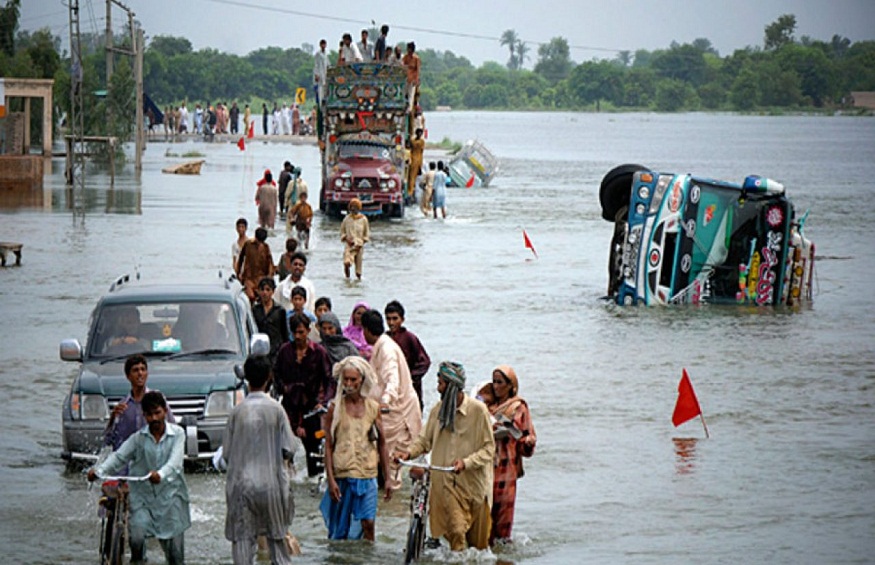Why has the difficult situation in Pakistan failed to attract the attention of various governments and peoples around the world? The Red Cross World Disaster Report 2005 found a direct correlation between the level of media coverage and the amount of humanitarian aid given, a finding that appears to be correct regarding recent floods in Pakistan. For a disaster of this scale, media coverage around the world was scant, resulting in insufficient levels of aid reaching the flood-stricken country and the millions of displaced people.
Identifying barriers to an adequate international response to the crisis can help correct the problem and ensure that Pakistan gets the donations it needs to rebuild its society as with bashir dawood foundation.
These are some of the potential barriers to public participation in the crisis:
The slow nature of the disaster. The monsoon rains and subsequent floods continued in Pakistan for several days. Due to the protracted nature of the disaster (as opposed to the immediacy of the Haiti earthquake), the devastation was not immediately apparent.
Suspicion of the direction of funds. Political instability in Pakistan and threats from the Taliban insurgency have raised doubts about whether the donated funds will be appropriately allocated. Reports indicated that this lack of confidence in the proper use of donations has affected governments’ willingness to contribute aid.
Representation and prejudice against Pakistanis. Local interests drive media representation and public sympathy. Pakistanis, especially in the US media, are often portrayed as extremists, violent, or terrorists. The population of Pakistan is large and diverse.
It is crucial to correct the aid to Pakistan in the face of this disaster. Americans were 40 times more generous in their donations to Haiti than they were to Pakistan, despite the level of devastation in this latest disaster.


